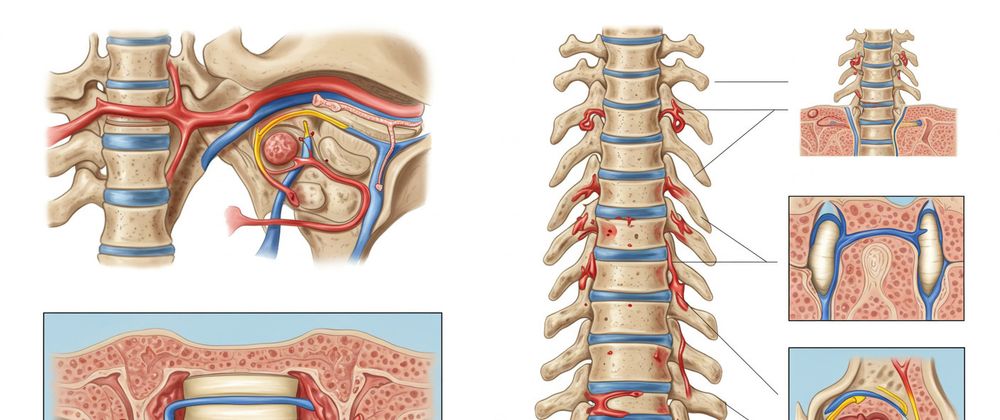Quitting smoking is one of the most impactful decisions you can make for your health, finances, and overall well-being. Whether you're taking your first step or have tried before without success, know that you're not alone—and success is within reach. In this guide, we'll explore proven strategies, expert-backed tools, and supportive resources to help you quit smoking for good.
Why Quit Smoking?
Smoking is a leading cause of preventable diseases, including lung cancer, heart disease, and stroke. The benefits of quitting are immediate and profound:
20 minutes: Blood pressure and heart rate drop.
8 hours: Carbon monoxide levels in the blood decrease.
48 hours: Nerve endings begin to regenerate; senses of taste and smell improve.
1 year: Risk of heart disease is cut in half.
5 years: Risk of stroke reduces to that of a non-smoker.
10 years: Lung cancer death rate drops to about half that of a smoker.
Every moment without a cigarette is a step toward a healthier life.
Step 1: Make a Quit Plan
Preparation is key. Crafting a personalized quit plan can significantly boost your chances of success. Here’s how to get started:
Set a Quit Date: Choose a day within the next two weeks. Mark it on your calendar and commit to it.
Identify Triggers: Recognize situations, emotions, or routines that prompt you to smoke. Plan how to avoid or cope with them.
Seek Support: Inform friends, family, and colleagues of your decision. Their encouragement can be invaluable.
Choose a Quit Method: Decide whether you'll quit cold turkey, gradually reduce your intake, or use nicotine replacement therapies (NRTs).
Step 2: Use Nicotine Replacement Therapy (NRT)
NRTs can help alleviate withdrawal symptoms and reduce cravings, making it easier to focus on breaking the habit. Options include:
Nicotine Patches: Provide a steady release of nicotine throughout the day.
Nicotine Gum or Lozenges: Offer quick relief for sudden cravings.
Nicotine Inhalers or Nasal Sprays: Mimic the hand-to-mouth action of smoking.
Combining NRTs with behavioral support can nearly double your chances of quitting successfully
Cancer.org
.
Step 3: Seek Behavioral Support
Changing the behavior associated with smoking is crucial. Consider these support options:
Counseling: In-person or online sessions can help you develop coping strategies and stay on track.
Support Groups: Connecting with others facing similar challenges can provide motivation and shared experiences.
Mobile Apps: Tools like SmokefreeTXT offer personalized support and track your progress
smokefree.gov
.
Step 4: Manage Cravings and Withdrawal
Anticipate and prepare for cravings and withdrawal symptoms:
Distraction Techniques: Engage in activities like walking, listening to music, or chewing gum to divert your attention.
Relaxation Exercises: Practice deep breathing, meditation, or yoga to manage stress.
Healthy Substitutes: Keep toothpicks, straws, or cinnamon sticks handy to mimic the hand-to-mouth action of smoking
CDC
.
Remember, cravings are temporary. With the right strategies, they will pass.
Step 5: Stay Committed
The journey to becoming smoke-free is ongoing. Here's how to maintain your progress:
Celebrate Milestones: Acknowledge your achievements, whether it's one day, one week, or one year smoke-free.
Learn from Setbacks: If you slip up, don't view it as failure. Analyze what led to the relapse and adjust your plan accordingly.
Stay Engaged: Continue using support resources and stay connected with your support network.
Additional Resources
Smokefree.gov: Offers tools, tips, and support to help you quit smoking.
American Cancer Society: Provides comprehensive guides and resources for quitting smoking.
American Lung Association: Features programs like Freedom From Smoking to assist in your quit journey.
Truth Initiative: Offers programs like BecomeAnEX, which provides a free online plan to help you quit smoking.
Conclusion
Quitting smoking is a challenging but achievable goal. By creating a personalized quit plan, utilizing nicotine replacement therapies, seeking behavioral support, managing cravings, and staying committed, you can break free from nicotine addiction. Remember, every step you take brings you closer to a healthier, smoke-free life. You're not alone—support is available, and success is within your reach.



Top comments (0)